Southern Cassowary
- December 18, 2023
- 0 comment
The southern cassowary (Casuarius casuarius), also known as double-wattled cassowary, Australian cassowary, or two-wattled cassowary, is a large flightless black bird, found in Indonesia, Papua New Guinea, and northeastern Australia. It is one of the three living species of cassowary, alongside the dwarf cassowary and the northern cassowary. It is a ratite and therefore related to the emu, ostriches, rheas, and kiwi.
Physical Appearance
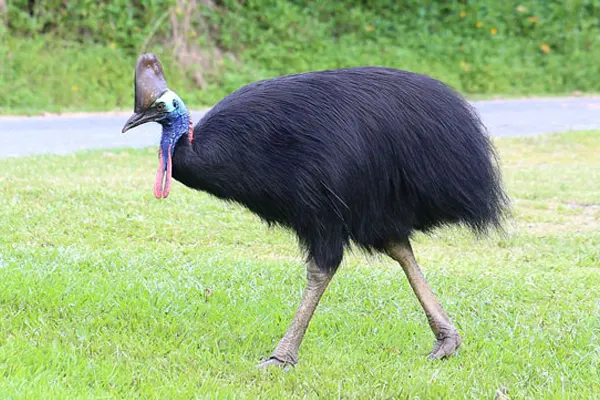
Southern Cassowary
- Lifespan: 40-50 years
- Habitat: Tropical Rainforests and Grasslands
- Diet: Primarily fruits, but also small animals, insects, and fungi
- Size: 5 to 6.6 feet
- Weight: Female: 175 pounds, Male: 121 pounds
- Wingspan: 3 feet
- Conservation Status: Vulnerable
- Population Trend: Decreasing, primarily due to habitat loss, road accidents, and hunting.
The Southern Cassowary is a powerful and fascinating bird with a prehistoric appearance. Its vibrant colors, unique casque, and sharp claws make it a truly remarkable creature.
Species Type of Cassowary
The southern cassowary has stiff, bristly black plumage, a blue face and a long neck, red on the cape and two red wattles measuring around 17.8 cm (7.0 in) in length hanging down around its throat. A horn-like brown casque, measuring 13 to 16.9 cm (5.1 to 6.7 in) high, sits atop the head. The bill can range from 9.8 to 19 cm (3.9 to 7.5 in). The plumage is sexually monomorphic, but the female is dominant and larger with a longer casque, larger bill and brighter-coloured bare parts. The juveniles have brown longitudinal striped plumage
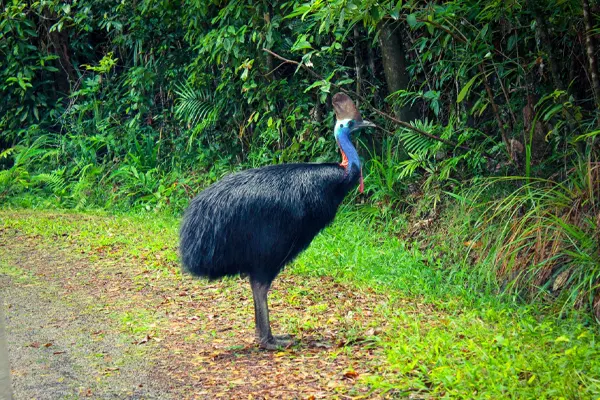

The three-toed feet are thick and powerful, equipped with a lethal dagger-like claw up to 12 cm (4.7 in) on the inner toe. It is perhaps the largest member of the cassowary family and is tied as the third heaviest bird on earth (after the Somali ostrich and the common ostrich), at a maximum size estimated at 85 kg (187 lb) and 190 cm (6 ft 3 in) tall. Normally, this species ranges from 127 to 170 cm (4 ft 2 in to 5 ft 7 in) in length.[6] The height is normally 150 to 180 cm (4 ft 11 in to 5 ft 11 in) ; females average 58.5 kg (129 lb), while males average 29 to 34 kg (64–75 lb). The northern cassowary is about the same size on average and is perhaps very mildly less sexually dimorphic than the southern.[6] Most adult birds will weigh between 17 and 70 kg (37 and 154 lb).
Feather Coloration of Cassowary
The feather coloration of the Cassowary, irrespective of gender, is primarily black. Adult Cassowaries have dark, glossy black plumage covering their bodies, which serves as effective camouflage in their dense forest habitats. While the feathers are generally black, the males have additional bright blue or purple skin on their neck and wattles, which is absent in females. Overall, the black feather coloration helps these flightless birds blend into the shadows of the tropical rainforests where they reside.
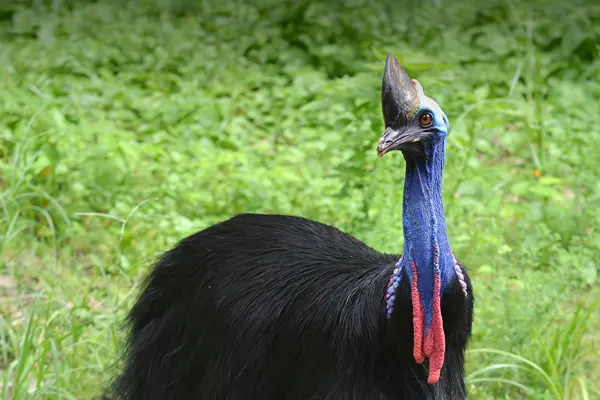
Male
- Glossy black plumage covering most of their body. Additionally, they exhibit brightly colored skin on their neck and wattles, which can range from blue to purple, with some variations among individuals.
Female
- Predominantly black plumage covering their bodies. Like males, they may have a glossy black appearance. However, unlike males, females typically have a more subdued and plain coloration. The distinguishing feature of the female Cassowary is the absence of brightly colored skin on the neck and wattles, which is a characteristic seen in males.
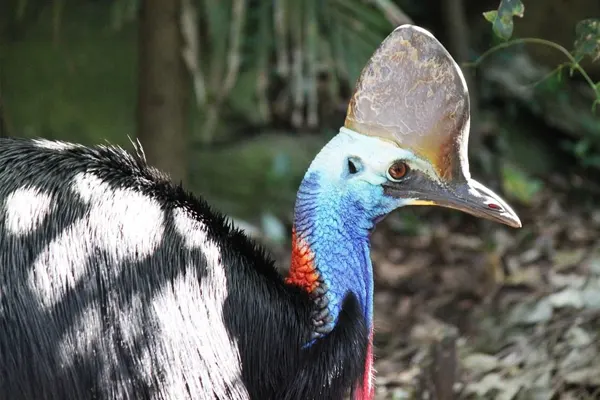
While the black feathers dominate, the splashes of blue, purple, and red on the head and neck create a striking contrast, making the cassowary a visually captivating bird. The feather coloration plays a crucial role in their survival, communication, and social interactions within the rainforest ecosystem.
Flight Characteristics of Cassowary
Cassowaries are flightless birds, and as such, they lack the ability to fly. Their wings are highly reduced and are not adapted for flight. The cassowary’s primary mode of movement is walking and running. Despite their inability to fly, cassowaries are well-adapted for life on the ground. They have strong legs with powerful muscles, allowing them to run at high speeds, navigate through dense vegetation, and jump if needed.
- Cassowaries have wings, but they’re tiny and vestigial, meaning they’re reduced in size and function. They lack the necessary muscles and bone structure to generate enough lift for sustained flight.
- The wings are covered in stiff, quill-like feathers instead of the typical broad, vaned feathers of flying birds. These feathers are useless for generating lift and are more akin to porcupine quills.

- Cassowaries are simply not built for flight. Their evolutionary path has led them down a different track, focusing on powerful legs for running and strong claws for defense and foraging.
The reduced wings of cassowaries serve other functions, such as balance during rapid movement and for display purposes. These birds are agile and swift runners, making them well-suited to their terrestrial lifestyle in the dense rainforests where they are typically found. The flightlessness of cassowaries is an evolutionary adaptation to their specific ecological niche and lifestyle on the forest floor.
Migration Patterns of Cassowary
Cassowaries are not known for long-distance migration like some bird species. Instead, they generally exhibit a more sedentary lifestyle within their preferred habitats, which are typically tropical rainforests in New Guinea, nearby islands, and northern Australia.

These flightless birds tend to establish home ranges and move within those areas in search of food, suitable nesting sites, and other resources. While they may cover a considerable amount of ground in their daily activities, especially in search of food, their movements are not characterized by long-distance migratory patterns.
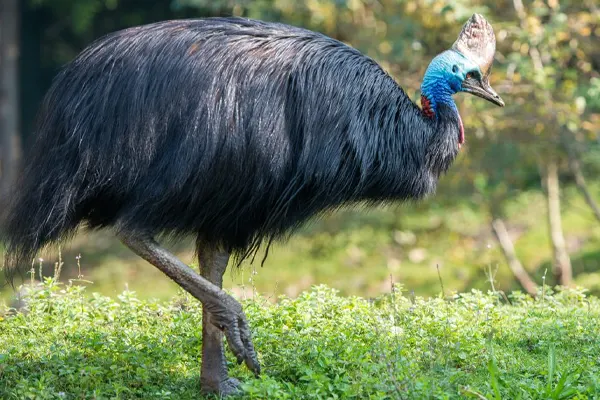

The sedentary behavior of cassowaries is closely tied to the availability of resources in their habitats. They are adapted to the specific conditions of the tropical rainforest environment, and their movements are influenced by factors such as food availability, breeding requirements, and territorial considerations rather than seasonal long-distance migrations.
Habitat & Distribution of Cassowary
Cassowaries inhabit tropical rainforests, dense vegetation, and adjacent areas. They are well-adapted to the complex and lush environments of the rainforest, utilizing their powerful legs to navigate through dense undergrowth.
- Tropical rainforests: These dense, humid forests provide the ideal environment for cassowaries. They thrive under the lush canopy, where they forage for fallen fruits, small animals, and insects. The thick understory offers them shelter and protection from predators.
- Grasslands: While not their primary habitat, cassowaries occasionally venture into open grasslands bordering rainforests. These areas provide them with access to different food sources and open space for running.
- Elevation range: They typically stay below 1,500 meters (5,000 ft) in elevation, preferring the lower slopes and valleys of the rainforest.

- New Guinea: The majority of cassowaries reside in New Guinea, found across both the Indonesian and Papuan sides of the island. They inhabit the northern lowlands and southern foothills, particularly in the Vogelkop and Bomberai Peninsula regions.
- Northeastern Australia: In Australia, the Southern Cassowary’s range is restricted to the Wet Tropics region of northern Queensland. They are primarily found in the Daintree Rainforest and Atherton Tablelands, with smaller populations scattered throughout the region.
The distribution of cassowaries is primarily centered around New Guinea, nearby islands, and the northern regions of Australia. In New Guinea, they are found in both Papua New Guinea and Indonesian Papua. In Australia, they inhabit the tropical rainforests of northern Queensland.
Behavioral Traits of Cassowary
The cassowary’s behavioral traits are a remarkable blend of independence, fierceness, adaptability, and surprisingly intricate social interactions. By understanding these traits, we gain a deeper appreciation for these fascinating birds and the crucial role they play in their rainforest ecosystems.
- Solitary Nature: Cassowaries are typically solitary birds, and adult males, in particular, are known to be especially territorial. They often prefer to roam alone through their territories, which can be extensive.
- Territorial Behavior: Cassowaries are territorial and may defend their home ranges against intruders. This behavior is especially pronounced in males, who can become aggressive when protecting their territory.
- Communication: Cassowaries use various vocalizations, including low-frequency booming calls, to communicate with each other. These calls are often used to establish territory or communicate during the breeding season.

- Foraging Habits: Their diet consists of fruits, seeds, insects, small vertebrates, and carrion. Cassowaries play a crucial role in seed dispersal in their habitats due to their varied diet.
- Parental Care: Females are the primary caregivers, and after laying eggs, they may leave them in the care of the male. The male is responsible for incubating and raising the chicks, demonstrating a unique parental care dynamic.
- Agility and Speed: Cassowaries are agile runners and can reach high speeds. They navigate through dense vegetation with ease, using their powerful legs to jump and maneuver in their rainforest habitats.
These behavioral traits is crucial for conservation efforts, as it helps in developing strategies to protect their habitats and mitigate potential conflicts between cassowaries and human activities.
Role in Ecosystem of Cassowary
The Southern Cassowary’s role in the rainforest ecosystem is multifaceted and vital. From seed dispersal and habitat modification to nutrient cycling and predator-prey dynamics, these extraordinary birds play a crucial role in maintaining the balance and diversity of their environment. Understanding and appreciating their contributions is essential for effective conservation efforts and ensuring the continued health and resilience of the rainforest ecosystems they call home.
- Seed Dispersal: Cassowaries are important seed dispersers. They consume a variety of fruits, and the seeds pass through their digestive system. As they move through the forest, they deposit seeds in different locations, contributing to the regeneration of plant species and the overall biodiversity of the ecosystem.
- Biodiversity Support: By dispersing seeds, cassowaries help in the establishment and maintenance of diverse plant species. This, in turn, supports a rich array of organisms, creating a balanced and resilient ecosystem.
- Vegetation Management: Cassowaries influence vegetation dynamics by selectively foraging on certain plant species. This behavior can affect the density and distribution of vegetation, contributing to the overall structure of the forest.

- Habitat Connectivity: The movement of cassowaries through the forest creates pathways and helps maintain habitat connectivity. This benefits various species by providing corridors for movement and genetic exchange.
- Insect Control: While not their primary diet, cassowaries consume insects and small vertebrates. This behavior can contribute to controlling insect populations, playing a role in the ecological balance of the ecosystem.
- Cultural Significance: Cassowaries hold cultural significance in indigenous communities. Their presence in the ecosystem is intertwined with traditional beliefs and practices, highlighting the cultural importance of these birds.
Preserving cassowary populations and their habitats is crucial for maintaining the health and functioning of tropical rainforest ecosystems. Recognizing their ecological role underscores the importance of conservation measures to ensure the long-term survival of these remarkable birds and the biodiversity they support.
Dietary Habits of Cassowary
The diverse dietary habits of cassowaries make them important contributors to the ecological balance of their habitats. Their role as seed dispersers, in particular, plays a crucial part in the regeneration and diversity of plant life in the tropical rainforests where they reside.
- Fruits: Cassowaries are primarily frugivores, meaning they mainly consume fruits. They have a particular affinity for a variety of fruits, including those from the rainforest canopy. Their diet can include figs, berries, and other fruits of different sizes and shapes.
- Seed Consumption: As they eat fruits, cassowaries inadvertently play a crucial role in seed dispersal. Seeds from the fruits they consume pass through their digestive system and are deposited in different locations, contributing to the regeneration of plant species in the ecosystem.
- Insects: Cassowaries are opportunistic feeders and will consume a range of invertebrates, including insects. While not a primary part of their diet, insects contribute to the overall nutritional variety in their food intake.

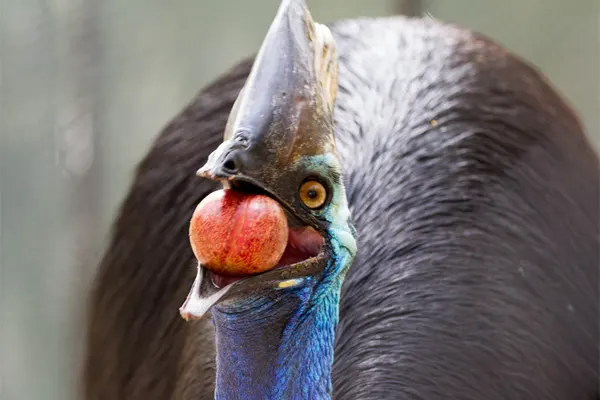
- Small Vertebrates: On occasion, cassowaries may also feed on small vertebrates, such as lizards or small mammals. This behavior adds a level of flexibility to their diet, allowing them to adapt to the availability of different food sources in their environment.
- Carrion: In some instances, cassowaries have been observed consuming carrion. This scavenging behavior may provide an additional protein source, especially during times when other food resources are scarce.
Understanding the cassowary’s dietary needs is crucial for conservation efforts. Habitat loss and fragmentation can limit their access to food sources, impacting their survival and breeding success. Protecting and restoring rainforest habitats is essential for ensuring the long-term survival of these remarkable birds and the ecological services they provide.
Interesting Facts of Cassowary
These fascinating features contribute to the unique and important role that cassowaries play in their ecosystems and highlight the need for conservation efforts to protect these extraordinary birds.
- Flightless Marvel: Cassowaries are large, flightless birds known for their inability to fly. Despite their vestigial wings, they are powerful runners and adept navigators in dense rainforest environments.
- Distinctive Appearance: Cassowaries are recognized by their striking appearance, which includes glossy black plumage, a helmet-like casque on their heads, and vibrant blue or purple skin on their neck and wattles. Males are typically more colorful than females.
- Powerful Legs: Equipped with strong and muscular legs, cassowaries can run at impressive speeds, reaching up to 30 miles per hour (50 km/h). Their legs also have a sharp inner toe, known as a cassowary’s dagger, which can be used for defense.
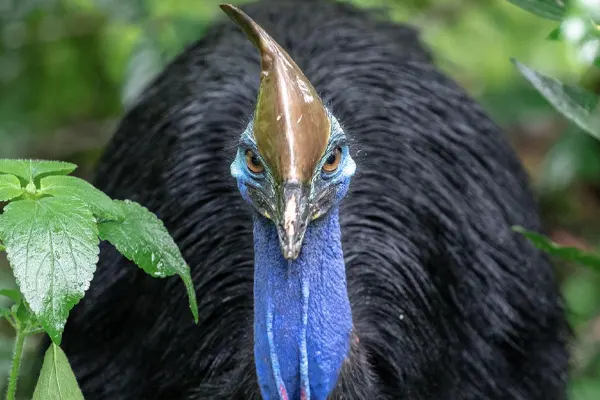
- Territorial Behavior: Cassowaries are territorial birds, especially the males. They fiercely defend their territories and may become aggressive when they feel threatened, using their powerful legs and sharp claws for protection.
- Unique Reproductive Role: In an unusual role reversal, female cassowaries lay the eggs and then leave them in the care of the male. Males are responsible for incubating the eggs, guarding the nest, and raising the chicks once they hatch.
- Prime Seed Dispersers: Cassowaries play a crucial role in seed dispersal. By consuming a variety of fruits and excreting the seeds in different locations, they contribute significantly to the regeneration and diversity of plant species in their habitats.
- Ancient Lineage: Cassowaries belong to an ancient group of birds known as ratites, which also includes ostriches, emus, kiwis, and rheas. These birds share the common characteristic of a flat breastbone, lacking the keel structure necessary for flight.
These remarkable birds continue to captivate us with their unique appearance, intriguing behavior, and crucial role in the rainforest ecosystem. Their existence reminds us of the importance of protecting these vulnerable creatures and the precious habitats they call home.
Nesting Habits of Cassowary
Female cassowaries are responsible for choosing and preparing the nest site. They construct a simple nest on the forest floor, typically in a hidden and well-sheltered location. The nest is a shallow depression lined with leaves, grass, and other vegetation.
After building the nest, the female lays a clutch of relatively large, dark green eggs. The number of eggs in a clutch can range from 3 to 8, and the female may lay multiple clutches during the breeding season.
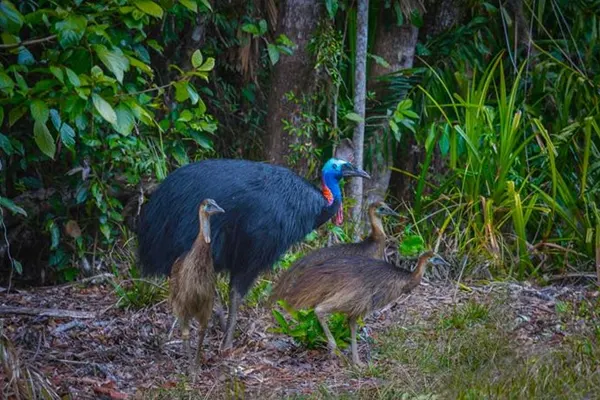
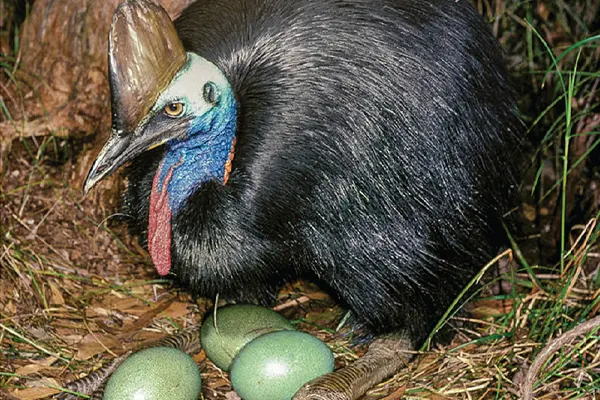
An interesting aspect of cassowary reproduction is the role reversal in parental care. Once the female lays the eggs, she leaves the nest, and the male takes over the responsibility of incubating the eggs. The male incubates the eggs for about 50 days.
During the incubation period, the male fiercely guards the nest. He may become territorial and aggressive to protect the eggs from potential threats, including other cassowaries or predators.
Calls & Vocalizations of Cassowary
Cassowaries are known for their deep and resonant booming calls. These low-frequency calls are often used by males to establish and defend their territories. The booming sound can carry over long distances through the dense rainforest, serving as a form of communication. In addition to booming calls, cassowaries may produce rumbling sounds. These can be part of their territorial displays or used during courtship to attract a mate. The rumbling sounds contribute to the acoustic landscape of the rainforest.
- Territorial defense: They warn rivals to stay away from their territory and establish dominance.
- Communication with other cassowaries: They can signal potential mates and chicks, offering information about their location and status.
- Expression of aggression: During confrontations, booms can escalate into a more threatening display.

- Mate attraction: Males use specific whistling patterns to attract potential mates during breeding season.
- Alarm calls: High-pitched calls can alert other cassowaries to danger or predators.
- Communication with chicks: Chicks use specific whistles to stay in contact with their fathers.
Cassowary chicks communicate with their parents using soft, high-pitched calls. These calls help maintain contact with the male, who provides protection and guidance during their early stages of development. Cassowaries have distinct alarm calls to warn others in the group of potential threats. These calls can alert nearby individuals to the presence of predators or other dangers.
Conservation Status of Cassowary
The long-term survival of the Southern Cassowary depends on continued conservation efforts. By addressing the threats they face and implementing effective conservation strategies, we can ensure these remarkable birds continue to thrive in the vibrant rainforests of New Guinea and Australia.
Threats
- Habitat Loss: Deforestation and habitat conversion for agriculture and logging are major threats to cassowaries. Loss of suitable habitat limits their foraging and breeding grounds.
- Road Accidents: Collisions with vehicles pose a serious threat to cassowaries, especially in areas where roads intersect their habitats. This can result in injuries or fatalities for the birds.
- Human-Wildlife Conflict: Encounters between cassowaries and humans can lead to conflicts, sometimes resulting in the intentional harming or killing of cassowaries due to perceived threats.


- Habitat Conservation: Protecting and preserving the remaining rainforest habitats is crucial for the survival of cassowary populations. Establishing and maintaining protected areas helps safeguard their ecosystems.
- Community Education: Raising awareness among local communities about the importance of cassowaries, their role in the ecosystem, and strategies for coexistence can contribute to conservation efforts.
- Road Safety Measures: Implementing measures to reduce the risk of road accidents involving cassowaries, such as speed limits, warning signs, and wildlife corridors, is essential.
The Southern Cassowary is listed as “Vulnerable” on the IUCN Red List. This classification is due to the ongoing threats the species faces, primarily related to habitat loss, degradation, and fragmentation. The conversion of rainforests for agriculture, urban development, and infrastructure projects poses a significant risk to cassowary populations.
Research and Ongoing Studies of Cassowary
Research on cassowaries is interdisciplinary, involving collaboration between biologists, ecologists, geneticists, and conservationists. The findings from these studies contribute to evidence-based conservation actions aimed at ensuring the long-term survival of cassowaries in their natural habitats.
- Ecology and Behavior: Researchers conduct studies to gain insights into the ecology and behavior of cassowaries. This includes investigations into their feeding habits, movement patterns, social structures, and reproductive behaviors. Understanding these aspects is crucial for developing effective conservation strategies.
- Habitat Use and Preference: Research aims to identify the specific habitat requirements of cassowaries, including their preferences for nesting sites, foraging areas, and overall habitat use. This information helps inform habitat conservation and management plans.
- Genetic Studies: Genetic studies contribute to understanding the genetic diversity and population structure of cassowary populations. This information is vital for assessing the health and resilience of populations and guiding conservation actions.
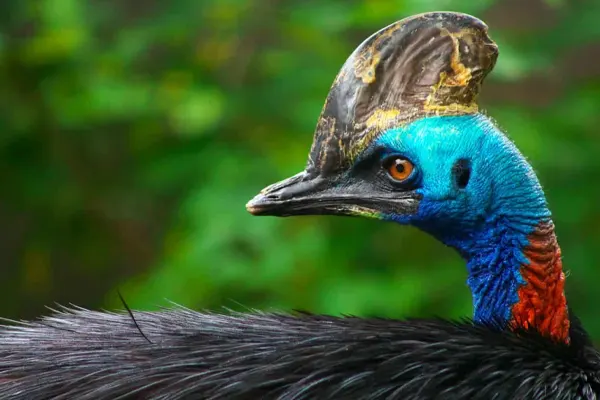
- Population Monitoring: Ongoing monitoring efforts involve tracking cassowary populations to assess their abundance, distribution, and health. Population studies help researchers and conservationists identify trends and potential threats.
- Human-Cassowary Interactions: Research focuses on human-cassowary interactions, including the analysis of conflicts, road accidents, and other anthropogenic threats. Understanding these interactions is essential for implementing effective mitigation measures.
- Conservation Genetics: Genetic studies may help identify key populations, assess gene flow, and determine the genetic health of cassowary populations. Conservation genetic research can guide strategies to maintain genetic diversity and prevent inbreeding.
By continuing to research and study the Southern Cassowary, we can gain vital knowledge to inform effective conservation strategies and ensure these important rainforest inhabitants continue to thrive for generations to come.
Educational and Ecotourism of Cassowary
Educational and ecotourism efforts ensures that the public gains a greater understanding of cassowaries and their ecosystems. By fostering a sense of appreciation and responsibility, these initiatives contribute to the long-term conservation of these iconic birds.
- Visitor Centers and Interpretive Programs: Establishing visitor centers near cassowary habitats provides an opportunity for educational programs. Interpretive displays, guided tours, and interactive exhibits help visitors learn about cassowary biology, behavior, and the importance of conserving their ecosystems.
- Guided Tours and Wildlife Watching: Guided ecotourism tours that include wildlife watching, specifically targeting cassowaries, offer a firsthand experience of observing these birds in their natural habitat. Knowledgeable guides can share information about cassowary ecology and the importance of conservation.
- Educational Signage and Trails: Developing educational signage along trails in cassowary habitats provides self-guided educational opportunities for visitors. Informational boards can highlight cassowary facts, their role in the ecosystem, and conservation messages.
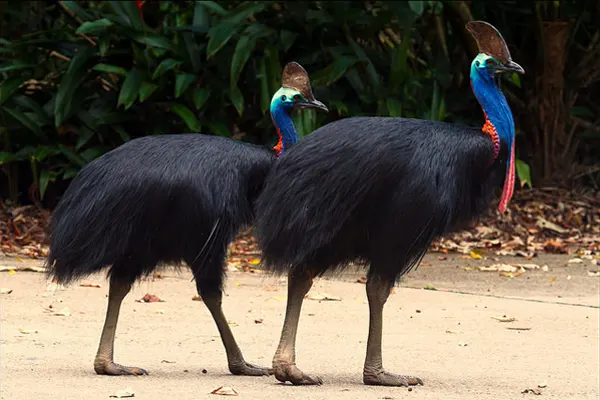
- Community Engagement Programs: Collaborative programs involving local communities can contribute to both education and conservation. Engaging residents in workshops, events, and educational campaigns fosters a sense of stewardship and emphasizes the importance of coexisting with cassowaries.
- School Programs: Educational outreach programs targeting schools and educational institutions help instill conservation values in younger generations. Workshops, presentations, and field trips provide students with a deeper understanding of cassowaries and their ecosystems.
- Citizen Science Initiatives: Involving the public in citizen science projects related to cassowaries encourages active participation in monitoring and conservation efforts. Collecting data on cassowary sightings and behaviors contributes valuable information to research and conservation programs.
- Conservation Workshops and Seminars: Hosting workshops and seminars on cassowary conservation facilitates knowledge exchange among scientists, conservationists, and the public. These events may cover topics such as habitat protection, community involvement, and sustainable tourism practices.
Conclusion
The Southern Cassowary stands as a remarkable and unique bird, playing a vital role in the rich ecosystems of tropical rainforests in New Guinea, nearby islands, and northern Australia. From its distinctive appearance, powerful legs, and fascinating nesting behaviors to its critical contributions as a seed disperser, the cassowary holds ecological significance.
However, the conservation status of the Southern Cassowary is marked as “Vulnerable,” highlighting the pressing need for concerted efforts to protect its habitats and mitigate threats. Ongoing research endeavors delve into various aspects of cassowary life, including behavior, genetics, and population dynamics, providing essential insights for effective conservation strategies.
Educational and ecotourism initiatives serve as crucial tools for raising awareness about cassowaries and fostering a sense of responsibility for their well-being. By engaging local communities, implementing responsible tourism practices, and developing educational programs, these efforts contribute to a broader understanding of the importance of preserving cassowary habitats and the biodiversity they support.
In the face of challenges such as habitat loss, road accidents, and human-wildlife conflicts, continued collaboration between researchers, conservationists, communities, and policymakers is paramount. The ultimate goal is to ensure the long-term survival of the Southern Cassowary and the preservation of the unique ecosystems it calls home. Through collective dedication and informed action, we can strive to secure a future where these magnificent birds continue to thrive in their natural habitats.


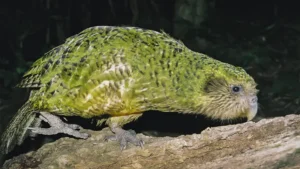
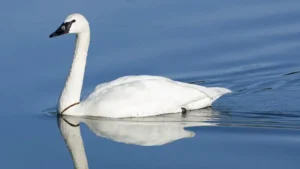
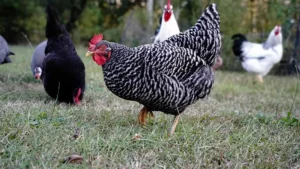
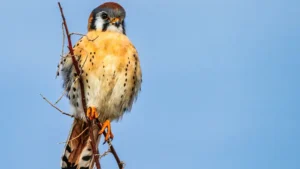


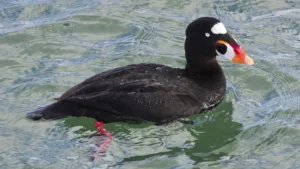
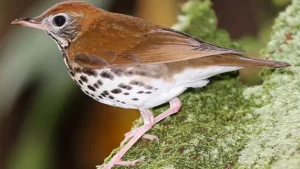



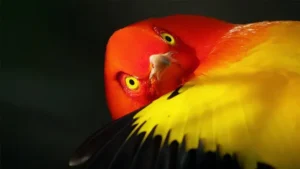
Leave your comment